After facing last-minute mechanical worries, Boeing’s new Starliner capsule docked with the International Space Station on Thursday 6 June.
The capsule, which has been dubbed “Calypso” by its crew members, was lofted into space atop an Atlas V rocket on Wednesday 5 June. This new success for Boeing could have major implications for an ongoing space race.
Space Race Heats Up
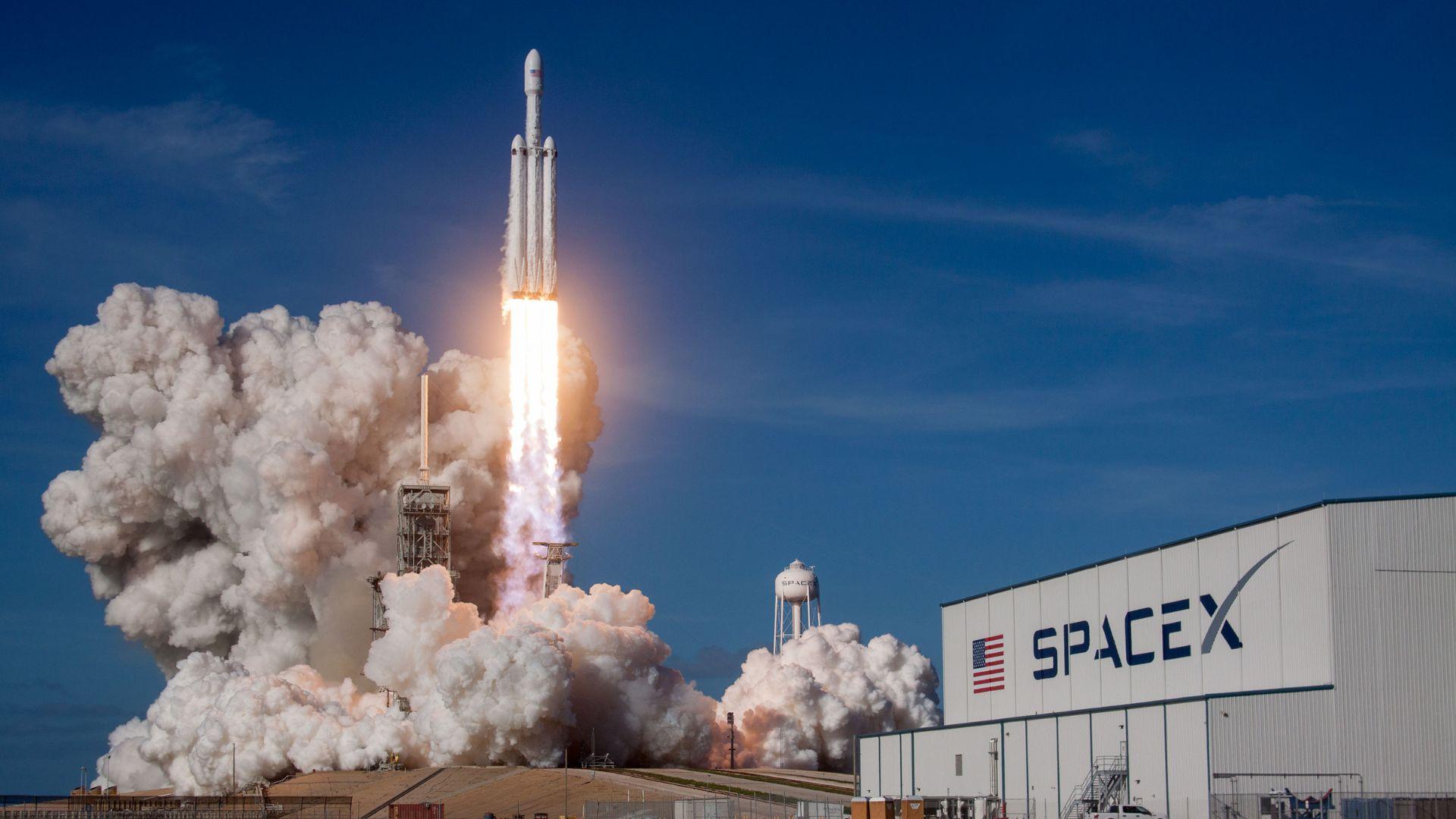
The safe docking of the “Calypso” capsule represents a major victory for Boeing in its competition with Elon Musk’s SpaceX.
Both Boeing and SpaceX made major advances in their exploratory missions this week. However, despite the sharpening competition between the two, SpaceX CEO and founder Elon Musk congratulated Boeing on Twitter on Wednesday.
Success For Elon Musk’s SpaceX

Last week, Elon Musk’s SpaceX company conducted the fourth test flight of its Starship rocket. For the first time, the rocket completed its test flight.
Unlike the Boeing mission, there were no people on board the fourth Starship spaceflight, which survived re-entry through the Earth’s atmosphere before splashing down in the Indian Ocean. SpaceX previously confirmed that it would fly hundreds of Starship missions before the rocket launches with any crew members.
Boeing Mission Wasn’t Without It’s Problems
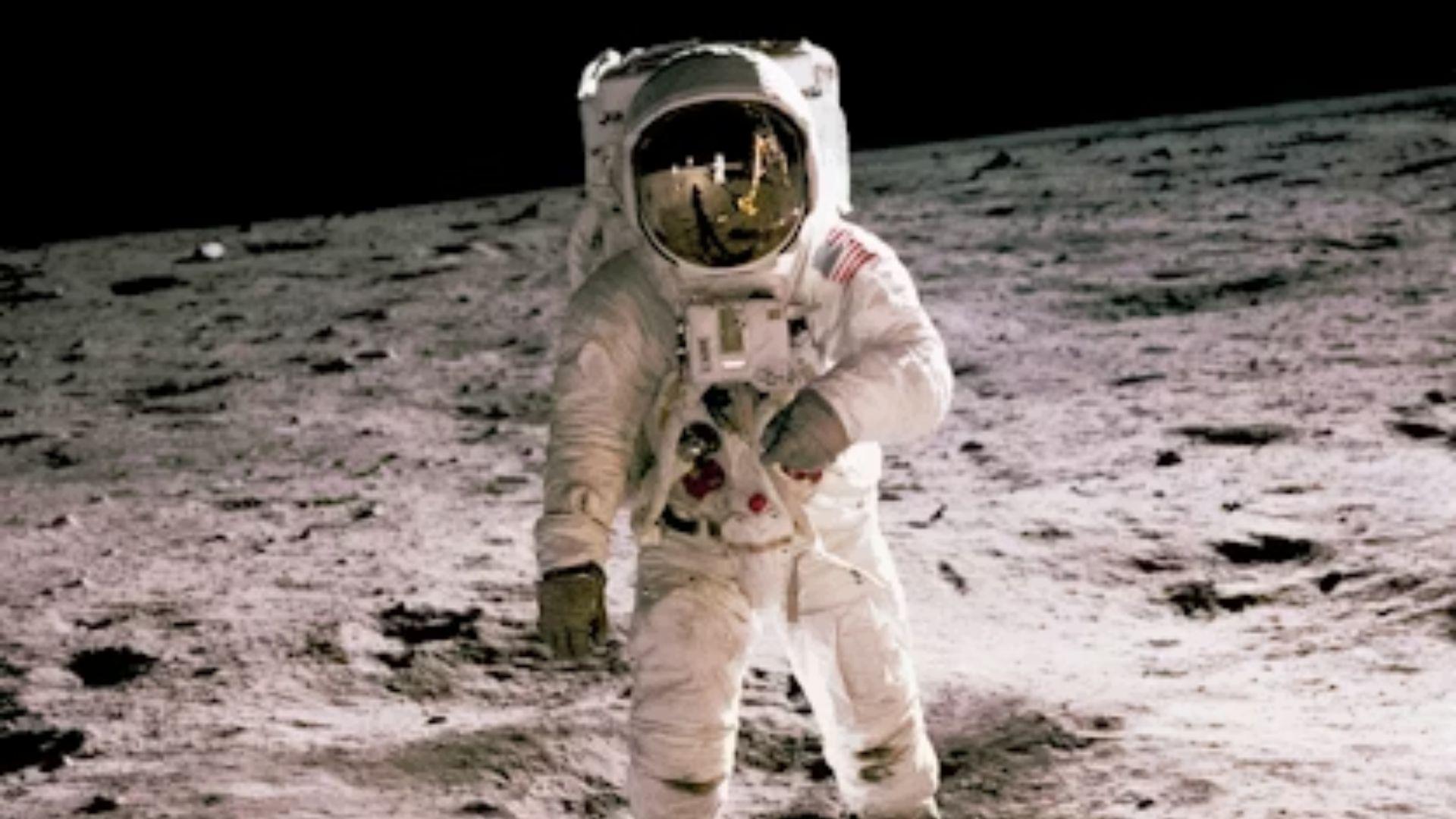
Boeing’s Starliner mission safely docked with the International Space Station after overcoming issues that emerged on Wednesday and Thursday.
After a successful launch on Wednesday, the Starliner mission began to experience helium leaks and a temporary loss of thrusters. Ultimately, the crew were able to get four of five thrusters firing again.
Meet The Starliner Crew
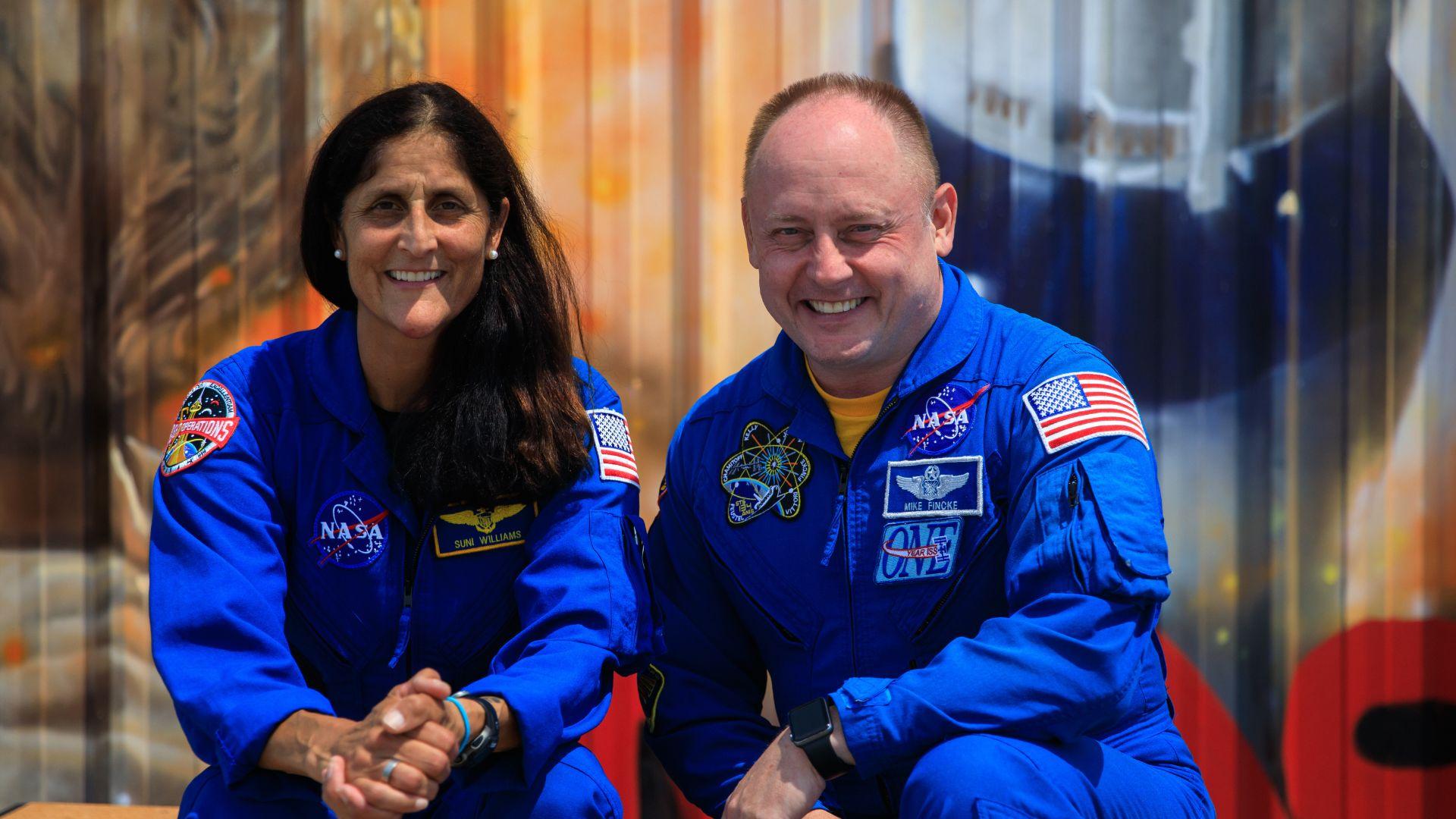
There are two members of the Starliner Crew, Barry E. Wilmore and Sunita Williams. Wilmore previously piloted NASA’s 2009 STS-129 mission and returned to space in September 2014 as part of Expedition 41/42.
Sunita “Suni” Williams began training as an astronaut in 1998 and was launched into space with NASA’s 2006 STS-116 mission. The new Boeing mission makes Williams the first woman to pilot a spacecraft on its maiden test flight.
Timeline of Starliner Mission
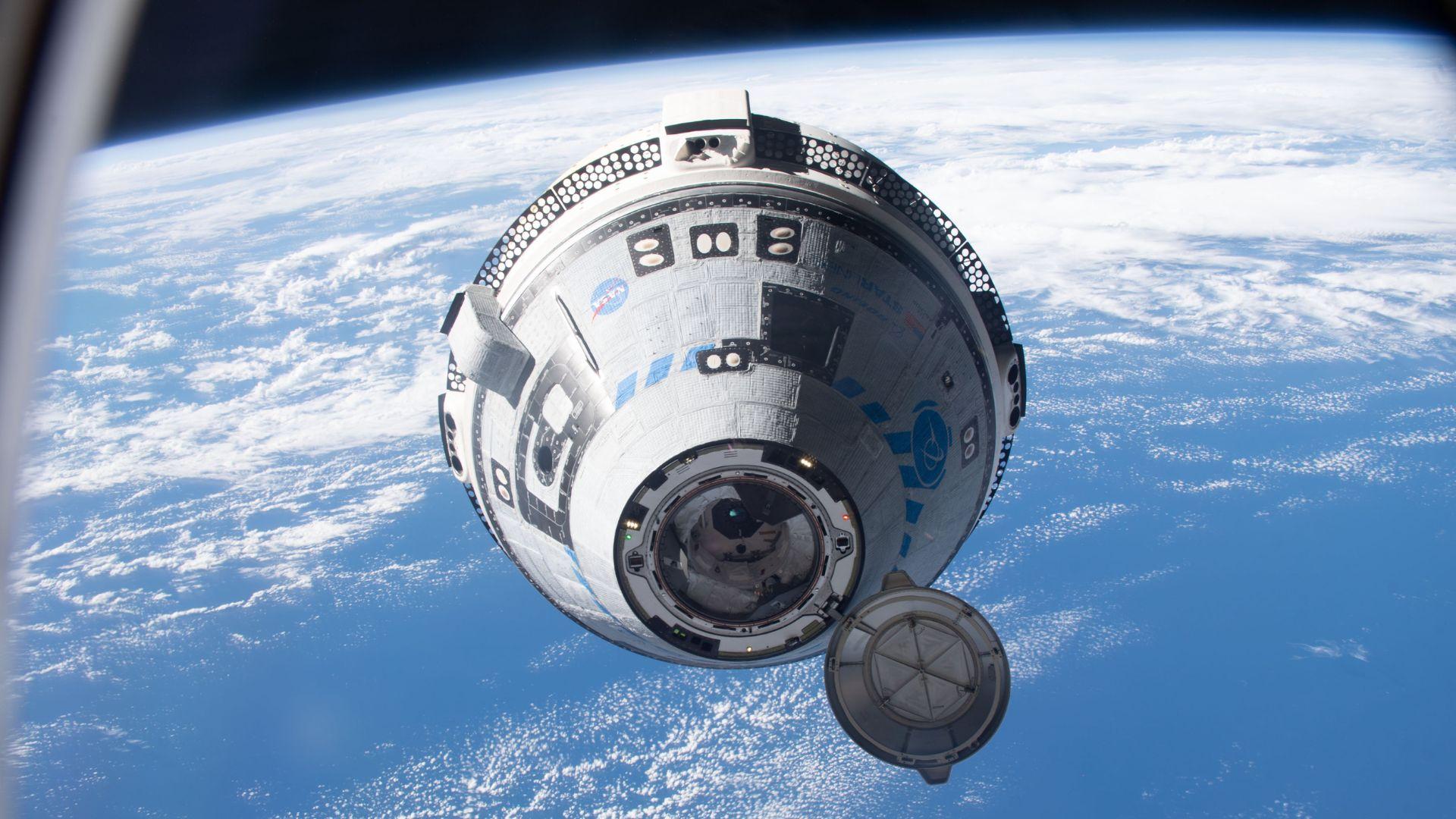
After safely docking with the International Space Station on Thursday, Williams and Wilmore remain in space.
The mission is planned to last for a total of 13 days. Under these plans, Starliner is set to return to Earth on June 18th.
NASA’s Relationship With Boeing and Space X
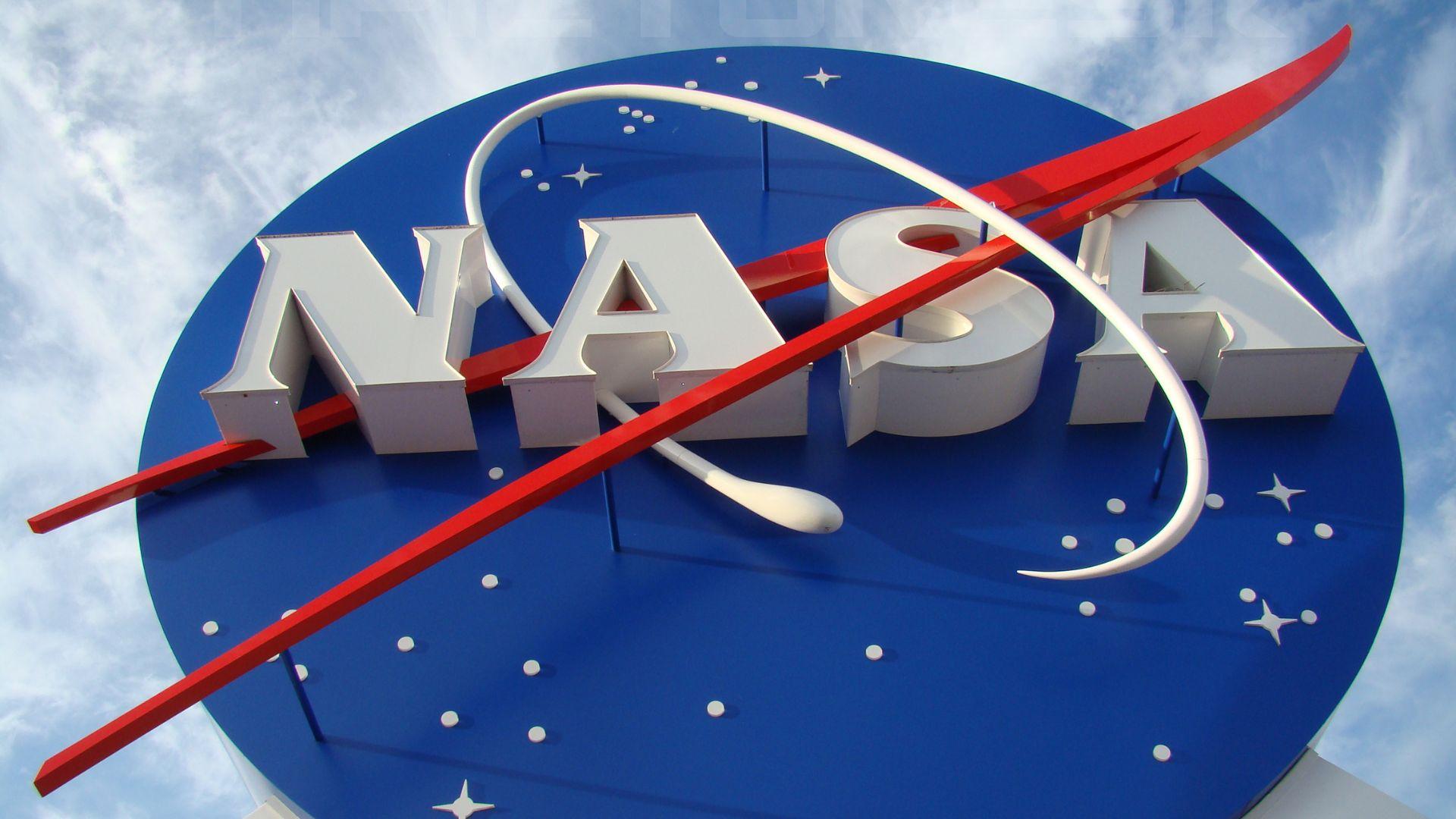
Starliner was developed in response to NASA’s desire for commercial options to get astronauts into space. It was hoped this approach would allow NASA to save money, which it could then spend to return people to the moon.
NASA previously agreed multi-billion-dollar contracts with both SpaceX and Boeing. Following the success of its current mission, the Starliner is set to join SpaceX’s Dragon capsule in routinely transporting astronauts.
The Makeup of Boeing’s Starliner
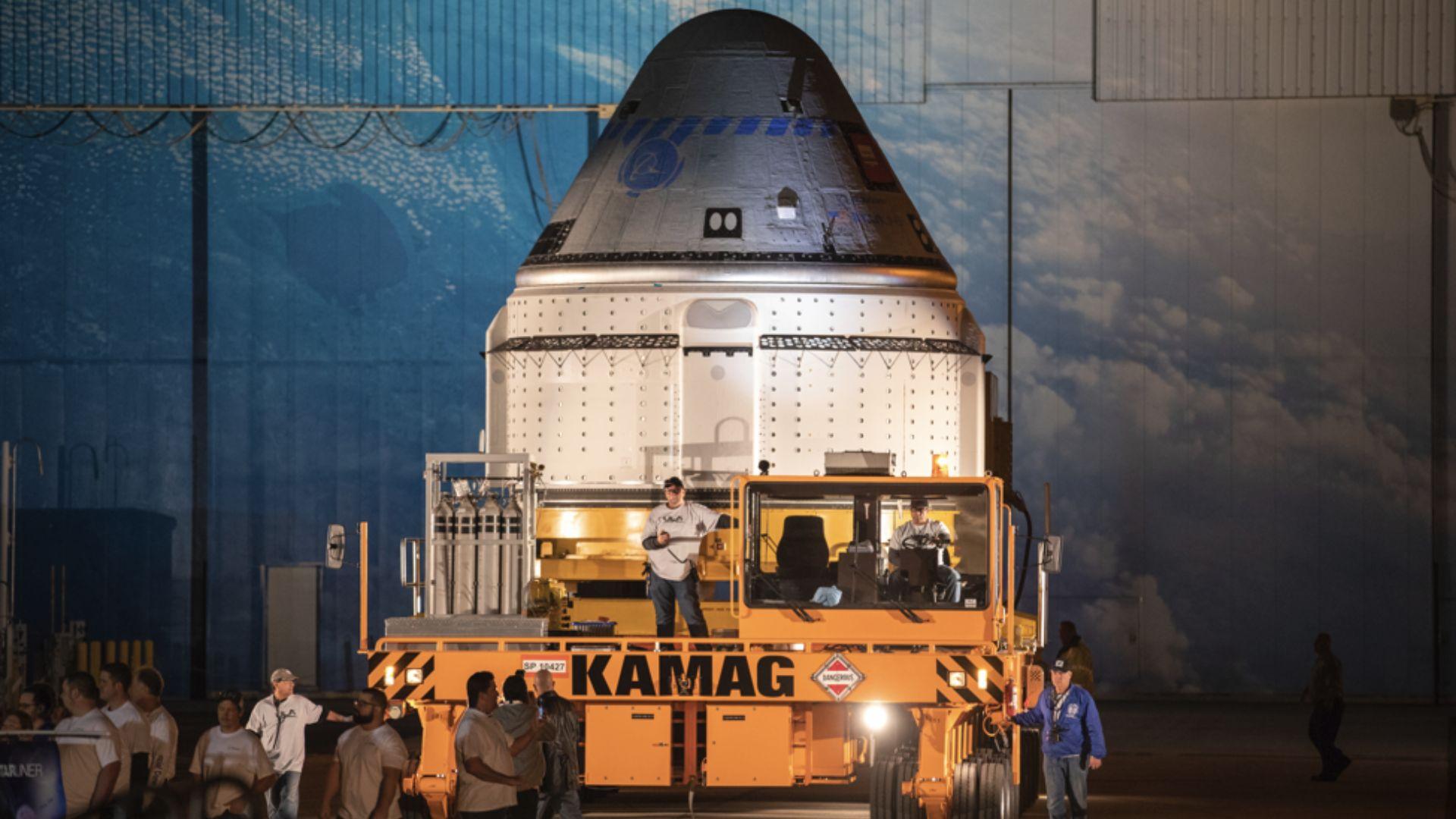
The Boeing Starliner stands 16.5ft tall and 15ft wide. Meanwhile, the crew module has the capacity to hold 7 astronauts.
Below the crew module is a service module fit with thrusters and radiators. Within the Starliner is parachutes and airbags for earth landing.
Joyous Reaction From Crew Upon Success

Following a number of past difficulties, it was far from a sure thing that this Starliner mission would enjoy success. Before lift-off, Commander Wilmore recognized this, saying, “When the going gets tough – and it often does – the tough get going, and you have.”
Responding to Wilmore, Williams enthusiastically responded, “Go ‘Calypso’! Take us to space and back”. Meanwhile, Wilmore declared, “we’re ready to get to work”.
Despite Space Success, Boeing Face Ongoing Headache
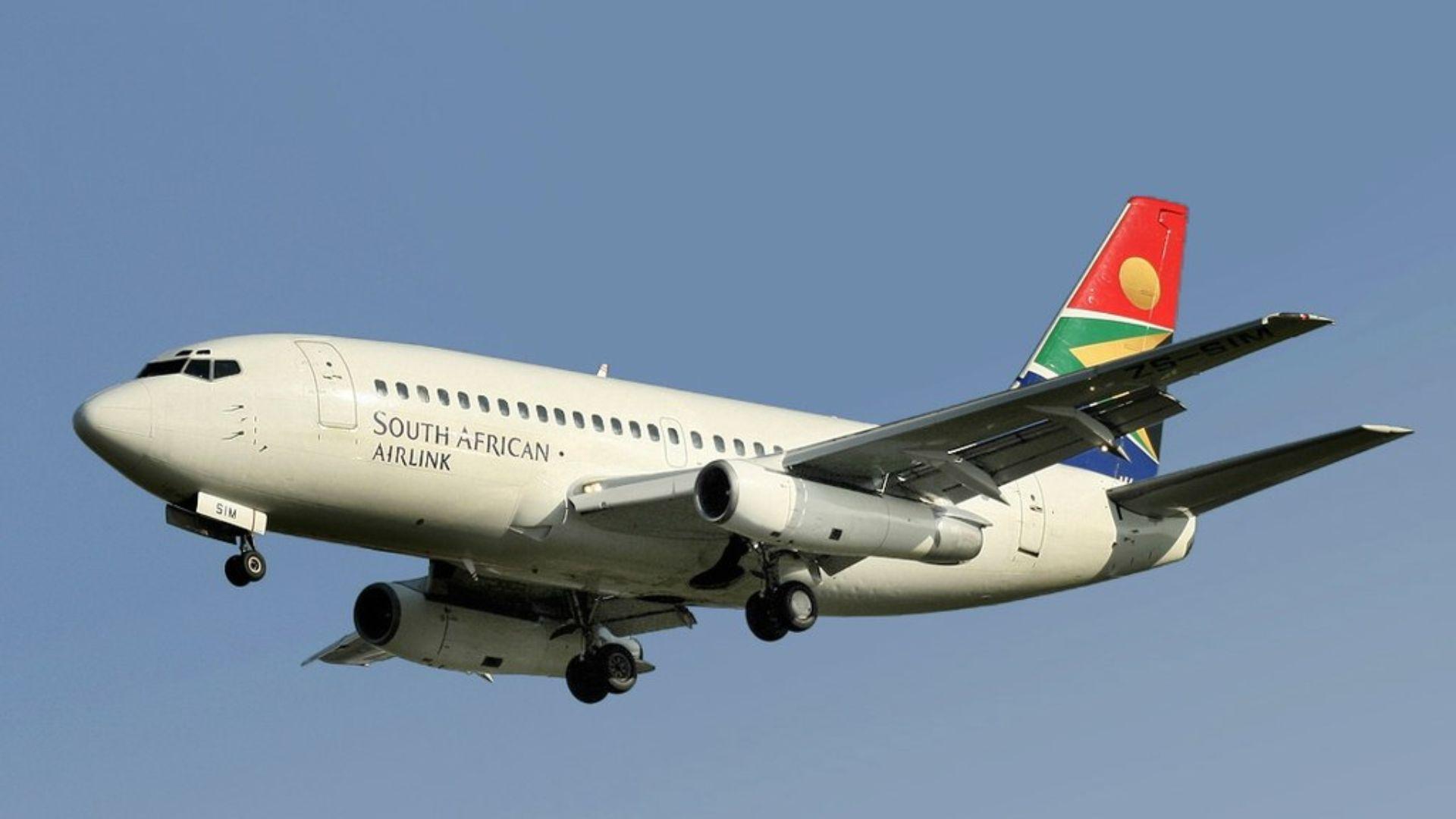
Despite Boeing’s recent space success, the company is still reeling from a string of issues faced by its planes. In January, news went viral that a Boeing 737 Max 9 passenger jet lost a rear door plug in mid-flight.
Just days after the door plug failure, more loose parts were found, and the FAA announced an audit on Boeing. While Boeing’s PR will surely be boosted by the Starliner success, the company still has a long way to go in rebuilding public trust.

